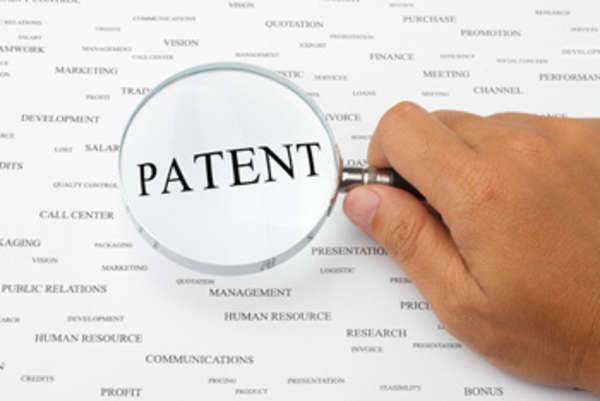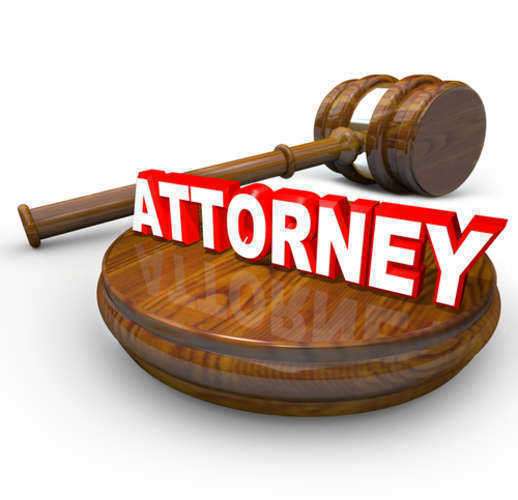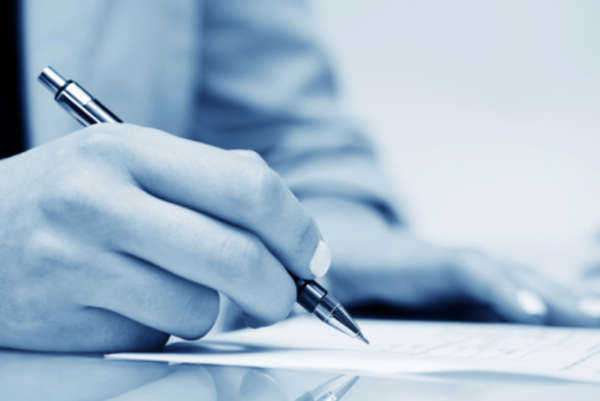3 Ways Of Patent Misuse You Must Know



In the case that a patent infringement case be brought to the courts, the defendant and his/her patent attorneys have several options present to consider in rendering that the use of the patenting product or invention was not done under infringement provisions, and in turn, did not violate any patent infringement laws. One of the most commonly sought and applied defenses are patent invalidation.
The United States Patent and Trademark Office may grant patents given that the applicants meet the application and registration requirements. However, the Office in certain circumstances may encounter applications for patent that may currently still be in use, or still are protected under the patent term. Extenuating situations may inevitably lead to patent infringement lawsuits.
The defendant in a patent infringement lawsuit may confer with his/her appointed attorney to apply the concept of patent invalidation. This type of infringement defense encompasses various criteria under federal provisions that may not only question the patent validity of an invention, but may also render the patent as invalidated. Some examples of patent of invalidation include:
The invention in question that is claimed under the patent is not considered to be novel, and is present in prior art. In other words, the invention is not considered to be new as it has been employed in the past as recorded through records and such evidence. The invention lacking novelty and exhibiting prior use and such knowledge was not disclosed by the plaintiff, it can be grounds to denounce patent validity.
The claims of the patent do not actually comprise what can be considered an invention. Certain countries have specific regulations and definitions as to the criteria of a patentable invention, and what is outlined in the claims of the patent are not in accordance to an invention according to patent laws of that particular country, thus providing grounds for patent invalidation.
Patents are generally granted to the first and real inventor of the product or invention. The patent in question and the current holder of the patent is not the actual inventor of the patented material or device. If the owner of the patent can be proven to have acquired the patent wrongfully, it may be null the patent validity of that invention. Furthermore, if the patent holder or owner can not provide for sufficient knowledge of the invention itself, or disclose for the proper identity of the true inventor of the patent, it can form the basis of patent invalidation.
Insufficient disclosure regarding the invention can also be construed as patent invalidation. It is under law that a patent shall be granted, as long as all the pertaining knowledge and information regarding the invention is disclosed to the public. Failure to provide all of the information required under law may deny the patent validity of that invention. The disclosure of information can include the following:
All material information relating to the invention
Best mode or method to produce the invention
All material art known to the inventor
All information regarding the patent validity of the invention, such as prior use or descriptions of the invention more than one year prior to the filing date for patent registration
Any information provided that is considered to be false or with the intent to deceive in accordance to these provisions can also be grounds for patent invalidation
The claims as provided by the patent do not fully or successfully describe the invented product or innovation
Patent validity may be disputed under United States patent laws under the provision giving consideration and preference to the inventor first conceptualizing the innovation under the "first to invent" statute.
The patent holder failed to appropriately finish or comply with all the requirements of the patent application and registration procedures under United States patent laws. This is grounds for patent invalidation.
Under the United States patent laws, there is a grace period on one year in which an inventor can lawfully submit for a patent application during which time the invention had already been published or made public. Any application after the one year expiry period can also be held to dispute the patent validity of that particular innovation or invention.
